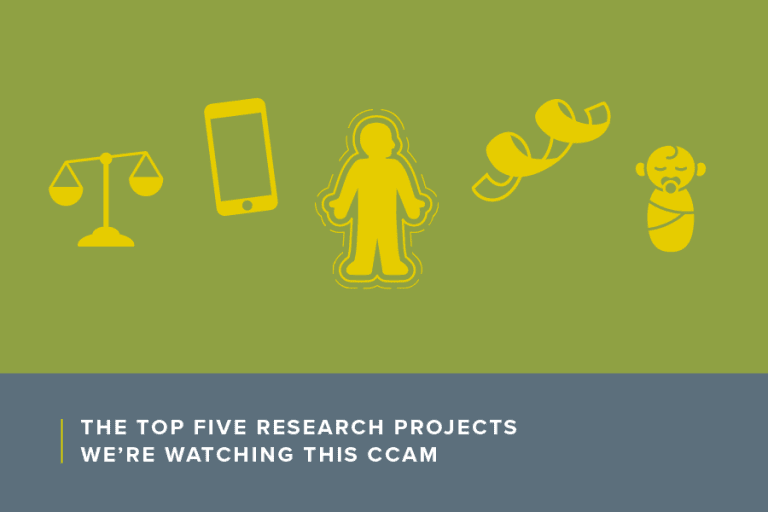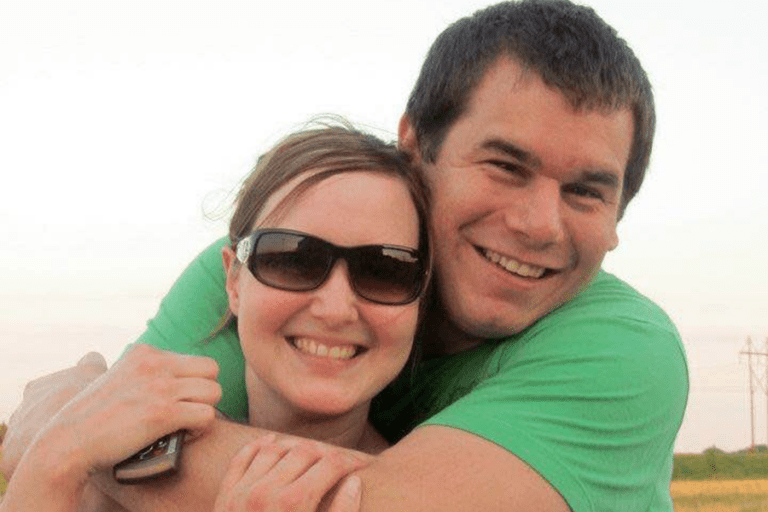Every now and then I get a flashback from when I was 13 years old— some memory that has been imprinted in the limbic system of my brain will move to the front and appear to me. These thoughts and emotions become real again, as if I am hearing them for the first time.
“We think you have cancer,” said the first physician I recall saying the word. “Tests indicate that there is a strong chance that you have cancer,” said the oncologist as my parents and I sat in the family conference room with CAT scans hanging on the wall in front of me. “You have cancer,” said the surgeon the day after my surgery confirming the diagnosis of choriocarcinoma, germ cell cancer.
A wave of emotions and thoughts hit me at once— anger, fear—they were all present and mixed together in one big “gut punch.” I was worried about how my family would handle this, worried about how I would handle this. I was worried that I was going to die really, really soon.
At the age of 13 those words by three different physicians are still present with me today, as real and raw as they were when I first heard them.
And now, twenty years later, I find myself on the other side.
I am past the years of tests, CAT scans, surgeries and chemotherapy. Past the years of oncology follow ups and rehabilitation. I am now a practicing Emergency Medicine Physician.
“I think you have cancer,” are the words I never want to say, but find myself saying.
I am often on the front line of those who come to the Emergency Department because something “just doesn’t feel right.” More times than I have wanted, I have seen and evaluated a patient with fatigue, easy bruising, weight loss and a vague chest or stomach pain.
I order the laboratory tests that I want, and then imaging studies that show some type of mass or growth. Now, I am the one entering the room with a patient, and possibly family members, looking at me with open eyes hoping for the best— but also expecting the worst.
The memories and emotions I have never change. I still get that “gut punch” every time I have to tell a patient and family what their findings are.
In school they taught us how to deliver “bad news.” We practiced these conversations on other students and wrote out our thoughts ahead of time. But, when you enter that room with a patient and their loved ones, all written material goes out the window.
This is life – and this is their life that I am talking about. I know that they need to hear it, and they need to hear it from their doctor, but the conversations never get any easier. I have to mentally prepare for all types of emotions and reactions after I tell them what their findings are.
“How bad is it? Can you cure it? How long do I have to live?”
All of the questions that I had sitting on the other side of the conversation as a 13-year-old, I now hear coming from their mouths. The same fears and worries that I myself once had come back at me. Although, this time, it is I who answers these questions.
But, this time I also get to give something else. Something that I, like many others in my situation, was looking for: Hope and the chance to express the possibility of light in a very dark time.
I sit down with them, look the person directly in the eyes and share my story, my own experience in my past and offer some hope for their future.
I tell them about how I was diagnosed and the therapies and treatments that I went through. I tell them about the long nights spent in the hospital, as well as the recovery process I had.
Then, I get to show them who I am and how my experience with cancer changed my life. I allow myself to become vulnerable to them, to reach them as a human, a person and not just the next patient in line.
After all, I was them, twenty years ago.
Written by Ted Sibley
Ted Sibley is a childhood cancer survivor. He was diagnosed with germ cell cancer in 1995. Today, he has a beautiful family of 5 and is an assistant professor in the Emergency Medicine Department and of the Medical Science Physician Program at the University of Missouri–Kansas City.



